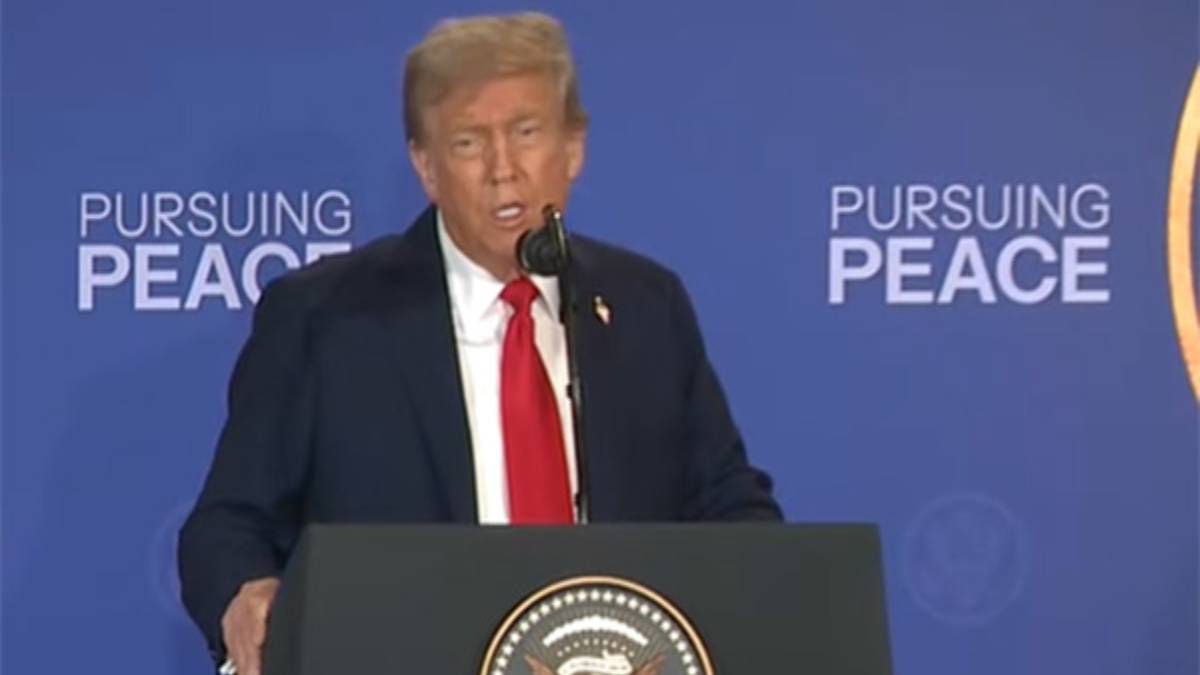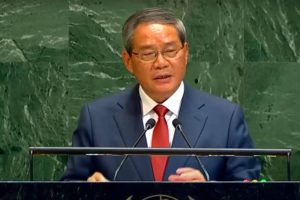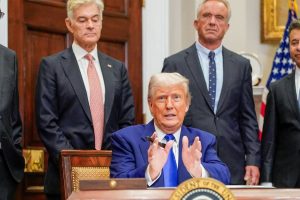Nearly 70 per cent of India’s exports to the United States, valued at USD 60.85 billion, now face steep 50 per cent tariffs under the Trump administration, according to an analysis by the Indian Council for Research on International Economic Relations (ICRIER).
While this accounts for just 1.56 per cent of India’s GDP and 7.38 per cent of overall exports, the study warns that the burden falls disproportionately on labour-intensive and high-value sectors such as textiles, gems and jewellery, auto parts, and agricultural products, especially shrimp.
The report, “Navigating Trump’s Tariff Blow”—authored by Ashok Gulati, Sulakshana Rao, and Tanay Suntwal—cautioned that these sectors are vital for employment and livelihoods, making the tariffs a serious economic challenge despite limited macroeconomic impact.
Key Vulnerable Sectors:
- Textiles & Apparel: Face a tariff gap of over 30 percentage points against competitors like Bangladesh, Pakistan, and Vietnam.
- Gems & Jewellery: Exports worth USD 11.9 billion risk losing ground to suppliers from Turkey, Vietnam, and Thailand.
- Auto Parts: Account for 3 per cent of India’s US exports, now under strain.
- Shrimp Exports: Suffer the steepest blow, with tariffs higher than those applied to Ecuador, Indonesia, and Vietnam—adding to existing anti-dumping duties.
ICRIER observed that buyers in these categories can easily switch sourcing, which gives US importers leverage and weakens India’s position in negotiations.
ICRIER’s Three-Pronged Strategy:
- Smart, logic-based negotiations with the US.
- Immediate, targeted relief for hard-hit sectors.
- Rapid export diversification to reduce overdependence on the US market.
“The success of our leaders will be ensuring that short-term disruptions give way to long-term gains, reinforcing India’s role as a trusted global trade partner,” the report concluded.
Trump first announced 25 per cent tariffs on Indian goods but later doubled the rate, citing India’s continued Russian oil imports. The US currently exempts pharmaceuticals, energy products, critical minerals, and semiconductors from the tariff regime.
India’s Commerce Minister Piyush Goyal told Parliament that the government is reviewing the tariff impact and will act to protect national interests. Meanwhile, the MEA defended oil imports from Russia as essential for ensuring affordable energy for Indian consumers, calling the US move “unjustified and unreasonable.”
India and the US are engaged in negotiations for a Bilateral Trade Agreement (BTA), aiming for a preliminary deal by late 2025, though differences remain—particularly over India’s agriculture and dairy sectors.





